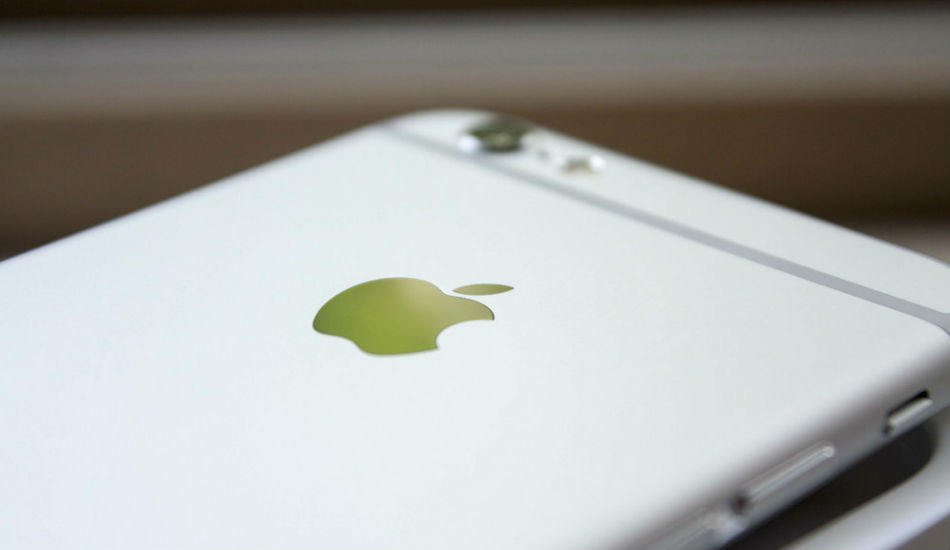Apple has been in collaborative mood over the past few months. First, it partnered with Google to build a COVID-19 tracing platform. And now, the company is looking to make the Password manager ecosystem easier to use and implement for users. For this, Apple has come up with resources for Password Managers Apps, which is available through GitHub repository.
The listing mentions, “The Password Manager Resources open source project allows you to integrate website-specific requirements used by the iCloud Keychain password manager to generate strong, unique passwords.” Passwords are crucial link for users to sign in to their digital account, but usually the mechanism leaves break-in points, which allow hackers to access the account and control its operation.
Apple wants to make that channel stronger, ensuring users don’t end up regretting using password managers. There are character limitations which tends to push users to employ their own passowords. Unifying this system at the back end will offers a holistic and secure service for the users. Apple has often talked about privacy and how it avoids using or accessing user data to monetise its business. Offering support for the password community is a step in the right direction as well.
Account sign-ins through email IDs have become the preferred choice for users, since it reduces the number of steps taken to sign in. But chances are email IDs breached indirectly affect your access to these third-party platforms as well. “The project also contains collections of websites known to share a sign-in system, links to websites’ pages where users change passwords, and more.”
Offering a detailed outlook on the websites using the system, and how users make changes to their security logins can help developers understand the psyche of the user and develop an air-tight mechanism to fix any possible loopholes.
This development comes at a crucial time for Apple and other developers. Last week, 27-year-old Bhavuk Jain said the vulnerability in Sign in with Apple feature allowed hackers to bypass the authentication and take over the user accounts on third-party apps that supported the feature. Apple claimed this sign in option to be private and secure as compared to other conventional methods of sign-in via Google and Facebook.


